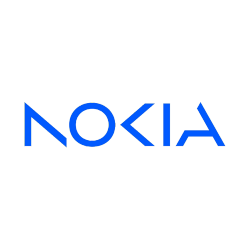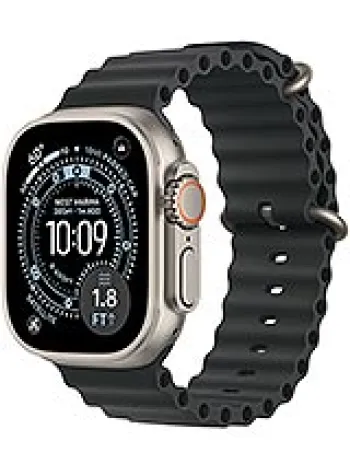
Overview
The Apple iPad 3 Wi-Fi, popularly known as the third-generation iPad, was released in March 2012. It marked a significant milestone in Apple's evolutionary path for tablets. Despite its discontinuation, the iPad 3 remains a poignant symbol of technological advancement, combining remarkable features that appealed to consumers during its release.
Design and Build
The design of the iPad 3 closely followed its predecessor, maintaining the sleek, minimalist aesthetic for which Apple devices are known. It had dimensions of 241.2 x 185.7 x 9.4 mm and weighed around 652 grams. The iPad 3 was not only about visual elegance but also about practicality; its build was designed to be robust yet comfortable to hold over prolonged usage. The absence of a SIM slot signifies its Wi-Fi-only connectivity capabilities.
Display
One of the standout features of the iPad 3 was its Retina display. The 9.7-inch IPS LCD screen boasted a resolution of 1536 x 2048 pixels, with a density of approximately 264 pixels per inch. This offered vivid clarity and color reproduction, setting a new standard for display quality at the time. The screen was protected by scratch-resistant glass and oleophobic coating, which minimized fingerprint smudges and enhanced durability.
Performance
Under the hood, the iPad 3 was powered by the Apple A5X chipset featuring a dual-core 1.0 GHz Cortex-A9 processor and quad-core PowerVR SGX543MP4 graphics. This combination ensured a smooth performance for multimedia tasks and gaming, although it wasn't the most powerful configuration compared to contemporary devices. The device initially ran on iOS 5.1 and was upgradeable to iOS 9.3.5, offering a wide range of apps and features typical of Apple's ecosystem.
Memory and Storage
The iPad 3 was available in three storage options: 16GB, 32GB, and 64GB, each equipped with 1GB of RAM. This was adequate for the time, supporting various applications and media content, though the lack of expandable storage (no card slot was available) may have been a limitation for some users requiring more space for their files and media.
Camera Capabilities
The device featured a 5 MP rear camera with autofocus capability, capable of recording high-definition 1080p video at 30 frames per second. This was accompanied by a VGA front-facing camera for video calls over Wi-Fi. While the camera quality was modest by today's standards, it was competent for basic photography and video conferencing needs at the time of its release.
Audio and Connectivity
The iPad 3 included a 3.5mm headphone jack and stereo speakers for audio output. In terms of wireless communication, it supported Wi-Fi 802.11 a/b/g/n (dual-band) and Bluetooth 4.0 with A2DP, although it lacked cellular and GPS capability. Connectivity options were limited but sufficient for basic internet browsing and local device connections.
Battery Life
Fitted with a non-removable Li-Po 11560 mAh battery, the iPad 3 offered an impressive battery life, supporting up to 10 hours of use on a single charge. This made it particularly appealing for users requiring a reliable device for travel or work on the go, providing continuous operation without frequent recharging.
Innovations and Impact
At its launch, the iPad 3 was lauded for integrating the high-resolution Retina display and improved graphical performance, setting it apart from other tablets. Even though subsequent models quickly eclipsed it, the third-generation iPad remains an important part of Apple's legacy, reflecting their commitment to enhancing user experience through incremental innovation.
Conclusion
The Apple iPad 3 Wi-Fi, though discontinued, was a crucial step forward in tablet design and functionality. Combining a high-quality display, reliable performance, and robust battery life, it delivered solid value for both casual and power users of its time. Whether viewed as a collectible piece of technology or a longtime companion for its original owners, the iPad 3 continues to hold a special place in the annals of technology history.
Key Features of Apple iPad 3 Wi-Fi
- 9.7-inch IPS LCD Display with 1536 x 2048 resolution
- Scratch-resistant glass with oleophobic coating for protection
- Powered by Apple A5X chipset with dual-core 1.0 GHz Cortex-A9 CPU
- Quad-core PowerVR SGX543MP4 graphics for better visual performance
- Available in three storage options: 16GB, 32GB, and 64GB with 1GB RAM
- 5 MP main camera with autofocus capable of 1080p video recording
- Wi-Fi 802.11 a/b/g/n, dual-band for fast internet connectivity
- Bluetooth 4.0 with A2DP support
- Strong battery life with a non-removable Li-Po 11560 mAh battery providing up to 10 hours of talk time
- Available in Black and White colors
Apple iPad 3 Wi-Fi Drawbacks
- No cellular connectivity; limited to Wi-Fi only.
- No SIM card slot for mobile data usage.
- Heavy weight at 652 g (1.44 lb), making it less portable.
- Non-expandable storage due to lack of a microSD card slot.
- VGA front camera offers low resolution video calling.
- No GPS positioning feature.
- Discontinued and no longer officially supported by Apple.
- Runs on an outdated chipset (Apple A5X), which may lead to slower performance with newer apps.
- Upgradeable only up to iOS 9.3.5, limiting access to the latest apps and features.
- No radio functionality.
- No advanced sensors such as a fingerprint scanner.

















View Also
More Phones
All Rights Reserved +14267 Phones © Mobilawy 2025

























